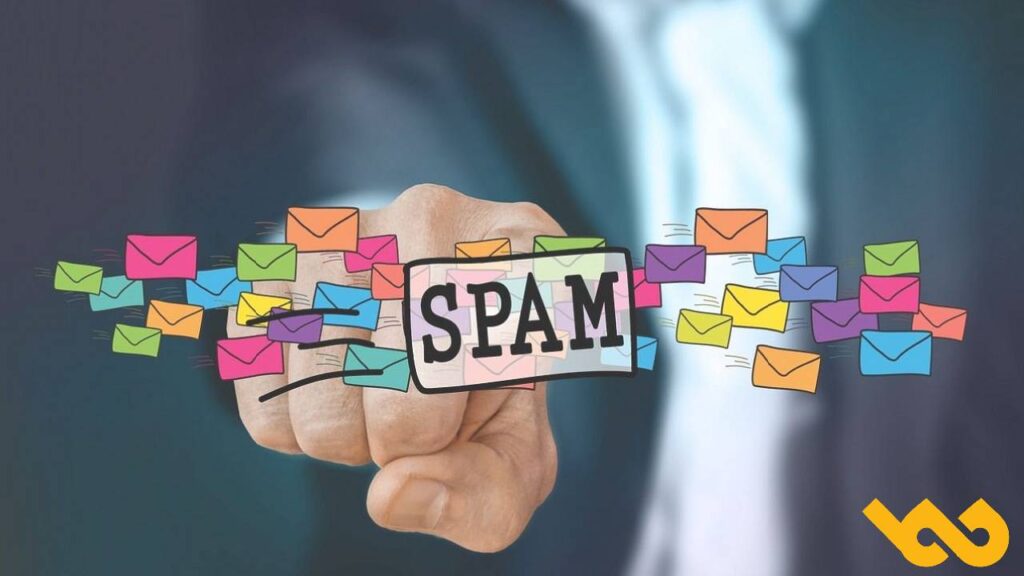Have you ever felt like your legitimate emails invariably end up in the spam folder? By reading this article, you will know how to ensure that your emails are delivered to your target at the right time.
Email deliverability is both an art and a science. And even email marketing experts can run into delivery issues. You can nevertheless maximize the deliverability rate of your emails through these 9 techniques.
1 – Build your own email list
Avoid purchasing or renting email lists from third parties. Instead, opt for organic growth of your list, thus ensuring an audience that is truly interested in your emails.
2 – Offer a Double Opt-In
Use double opt-in to check subscribers' real interest. Send them a confirmation email requiring an action on their part, like checking a box or clicking a link.
Reminder: Double opt-in is a practice by which a request to subscribe to a newsletter only becomes effective after clicking on a link appearing in an email confirming registration of the request. The practice of double opt-in is not obligatory in the French legal context.
You will find more advice in this video from Quentin Haguet:
3 – Authenticate your emails
Use authentication methods such as SPF, DKIM, DMARC, and BIMI to prove the legitimacy of your emails. This builds trust with email providers and promotes direct inbox delivery.
4 – Clean your list regularly
The quality of your list is more important than its size. Eliminate unengaged users, bounced emails, and spam traps to maintain a healthy, engaged list .
5 – Avoid denial lists and monitor your reputation
Implement practices like confirmed opt-in, unengaged subscriber removal policies, and real-time address validation to avoid being placed in spam.
Reminder: The confirmed opt-in or “confirmed opt-in” is a simple opt-in, here the user just receives a confirmation email without any other interaction (no link to activate the confirmation). Subscription to the newsletter is simply done by adding an email address to a mailing list.
READ ALSO: 5 email marketing tips for SaaS companies
6 – Respect Internet Privacy Laws
Follow laws such as CAN-SPAM , CASL , GDPR , and CCPA to ensure your emails . This can help bypass some Internet service provider hurdles.
7 – Offer an email preference center
Offer your subscribers the possibility of adjusting the frequency of receipt of your emails. A preference center reduces the risk of subscribers reporting your emails as spam.
8 – Monitor your email engagement metrics
Keep an eye on key metrics like spam complaints, open rates, click-through rates, and delivery rates. Respond quickly to negative trends.
9 – Send relevant content
Focus on sending relevant, interesting and useful content . Ask yourself crucial questions before sending each email to maximize relevance.
Follow these tips and transform your approach to sending emails. By combining sound practices, proper authentication, and compliance with applicable laws, you will significantly increase your chances of staying in your recipients' inboxes, away from the spam folder .
Every Thursday at 6 p.m., we offer to answer all your questions about modern prospecting and show you how Magileads can radically transform your Marketing and Sales results.
You want to know more, contact us >>
What types of emails fall into spam?
Suspicious content: Emails containing keywords commonly associated with spam, frequent spelling mistakes, excessive special characters, or suspicious language may be marked as spam.
- Suspicious links: Links to malicious or suspicious websites can cause an email to be classified as spam.
- Unverified sender: Emails from unverified senders or unfamiliar domains may be considered suspicious.
- Technical issues: Emails with technical issues, such as incorrectly formatted headers, suspicious IP addresses, or protocol errors, may be identified as spam.
- Use of attachments: Emails with suspicious attachments, especially those associated with malware, can be filtered.
- Email Sending Practices: Emails originating from questionable sending servers or using mass mailing methods may be considered spam.
- Sender reputation: If the sender IP address or domain is associated with spam activities, this may cause emails to be classified as spam.
- Non-compliance with standards: Emails that do not follow email protocol standards, such as SPF (Sender Policy Framework) or DKIM (DomainKeys Identified Mail), may be considered suspicious.



